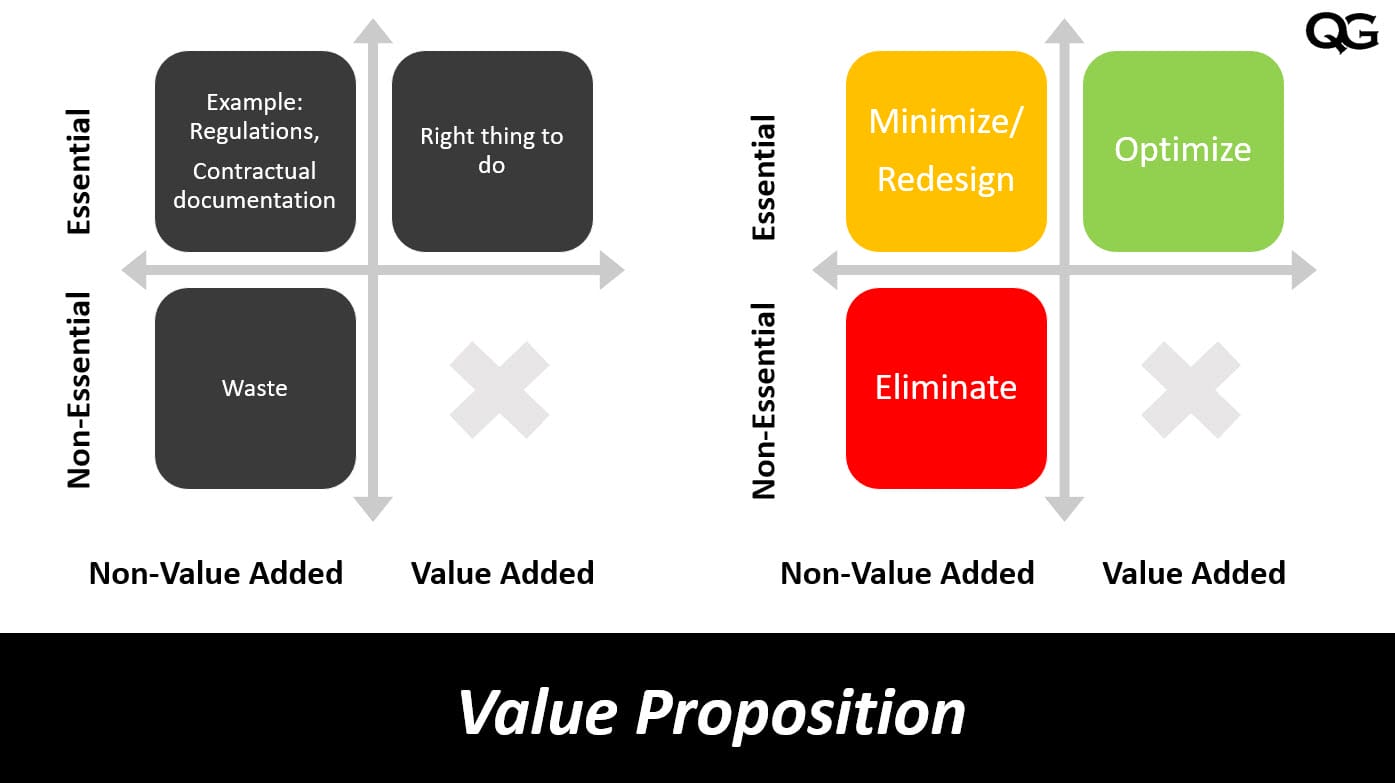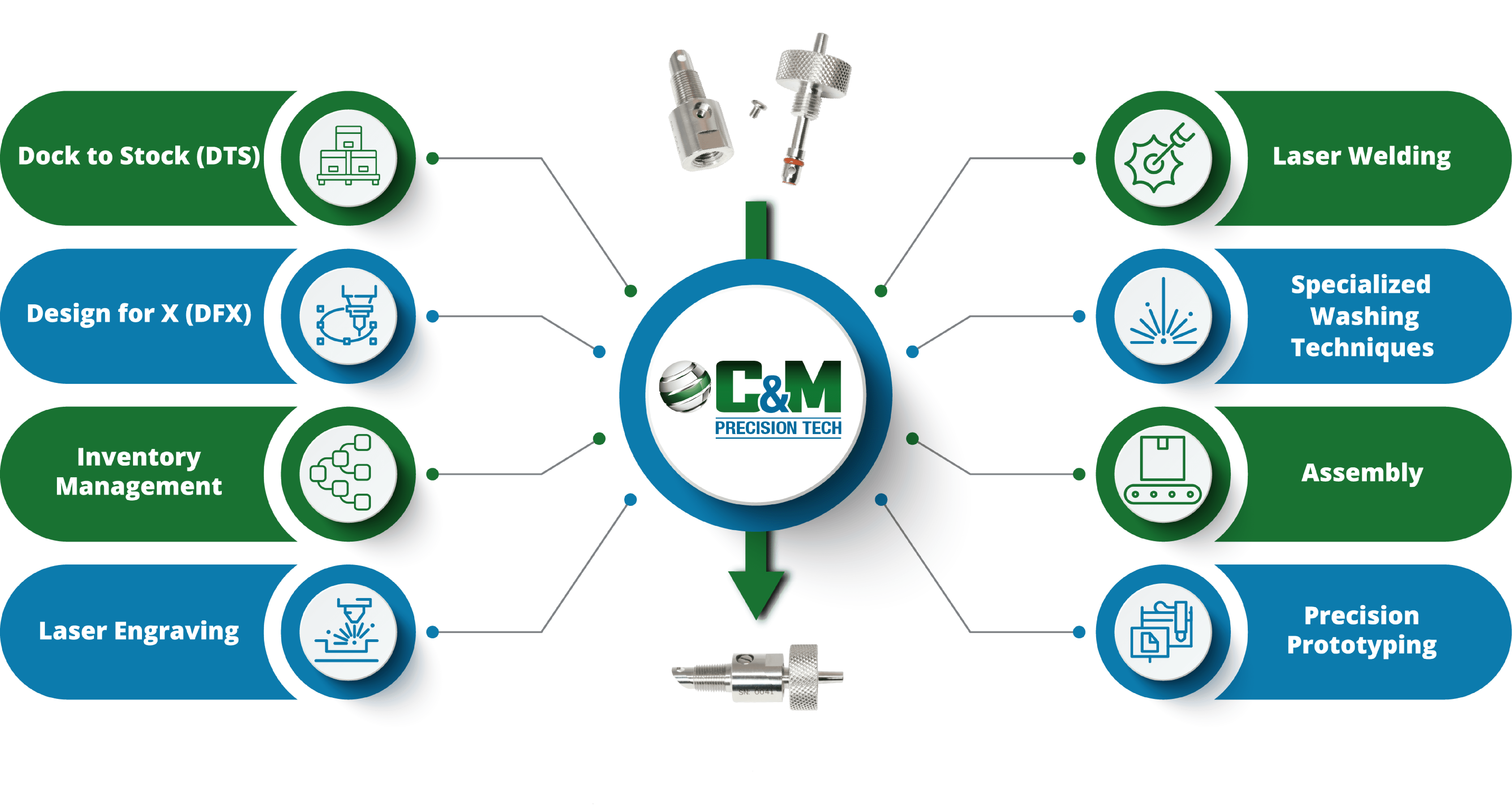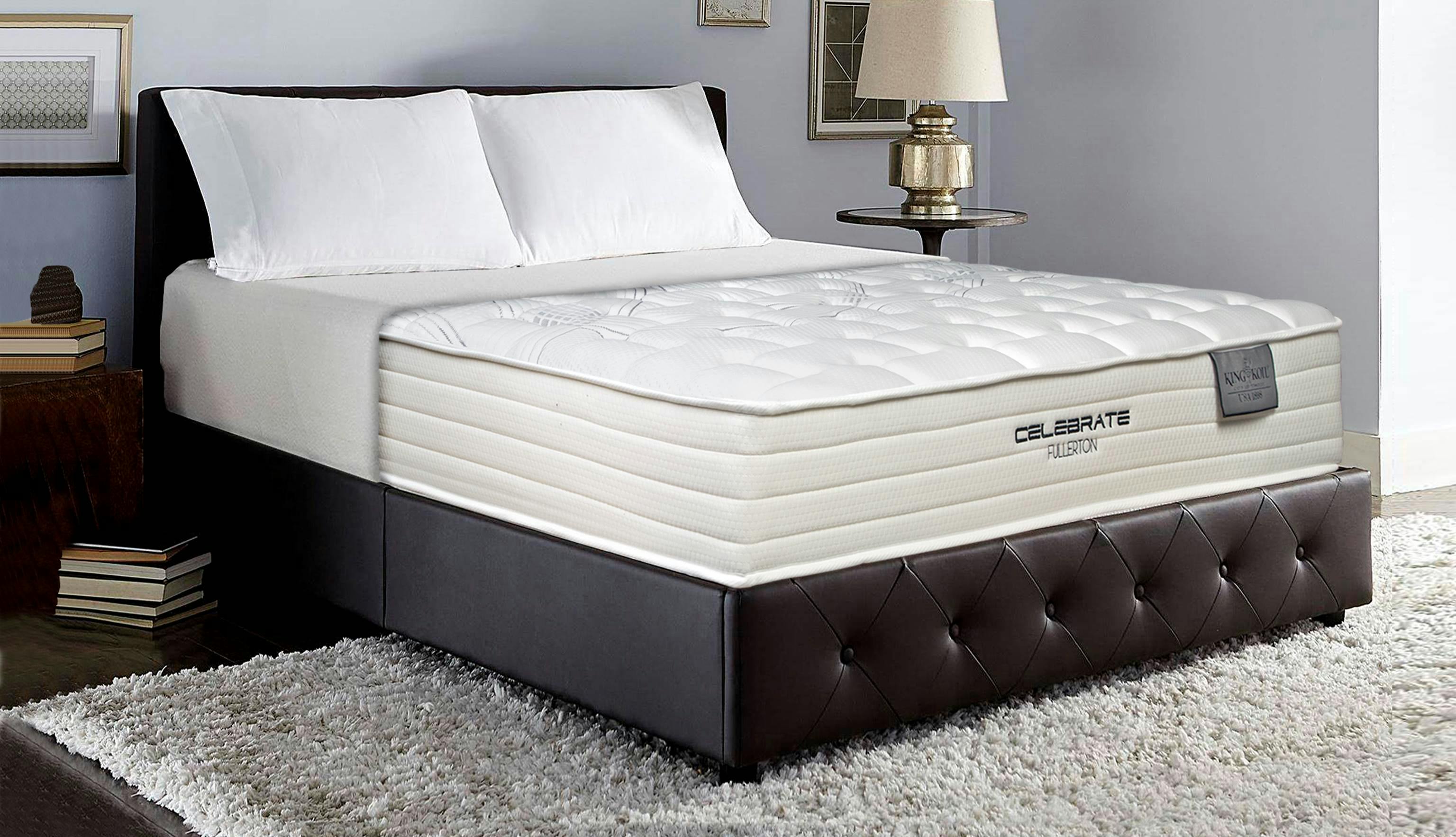The assumptive close is a powerful technique used by top mattress salespeople to seal the deal. This technique involves assuming that the customer has already decided to purchase the mattress and acting accordingly. It is a subtle yet effective way to nudge the customer towards making a decision. For example, instead of asking “Would you like to buy this mattress?”, the salesperson might say “Which mattress size would you like?”. This assumes that the customer has already decided to purchase and just needs to choose the right size.1. The "Assumptive Close" Technique
Creating a sense of urgency is a tried and tested method for closing sales. In the context of mattress sales, this could mean emphasizing the limited stock of a particular mattress or a special discount that is only available for a limited time. By instilling a sense of urgency in the customer, the salesperson can encourage them to make a decision sooner rather than later. Using phrases such as “Limited stock available” or “Sale ends tomorrow” can create a sense of urgency and motivate the customer to make a purchase.2. The "Urgency" Technique
This technique involves presenting the customer with two options, both of which they would be happy with. For example, the salesperson could say “Would you prefer the firm or the plush mattress?”. This gives the customer a sense of control and makes them feel like they have a say in the decision-making process. By offering alternative choices, the salesperson can also address any concerns or doubts the customer may have, ultimately leading them towards making a purchase.3. The "Alternative Choice" Technique
The trial close technique involves asking the customer questions that encourage them to imagine themselves owning and using the mattress. For example, the salesperson could ask “How would you like to wake up feeling well-rested and rejuvenated every morning?”. This allows the customer to visualize the benefits of the mattress and can increase their desire to purchase it. Using the trial close technique at various points during the sales process can help the customer become more emotionally invested in the product, making it easier to close the sale.4. The "Trial Close" Technique
The fear of missing out (FOMO) is a powerful psychological trigger that can be used to persuade customers to make a purchase. In the context of mattress sales, this could mean highlighting the exclusive features or limited availability of a particular mattress. For example, the salesperson could say “This mattress is designed with a patented cooling technology that is only available in our store”. This creates a sense of exclusivity and can tap into the customer’s FOMO, making them more likely to buy the mattress.5. The "Fear of Missing Out" Technique
Similar to the urgency technique, the limited time offer technique involves offering a special discount or deal that is only available for a limited time. This can create a sense of urgency and scarcity, motivating the customer to make a purchase before the offer expires. Using phrases such as “This deal is only available for the next 24 hours” or “Limited time offer: buy one, get one free” can entice customers to make a decision quickly.6. The "Limited Time Offer" Technique
Buying a mattress is a personal and emotional decision for many people. The emotional appeal technique involves tapping into the customer’s emotions and using them to persuade them to make a purchase. This could mean highlighting the health benefits of a good night’s sleep or emphasizing the comfort and support that the mattress can provide. By appealing to the customer’s emotions, the salesperson can create a strong connection with the customer and make it easier to close the sale.7. The "Emotional Appeal" Technique
People are more likely to make a purchase if they see that others have also bought and are satisfied with the product. The social proof technique involves using customer reviews, testimonials, and even celebrity endorsements to persuade the customer to buy the mattress. For example, the salesperson could say “Many of our customers have raved about how this mattress has improved their sleep quality. Here’s what one of them had to say…”. This can build trust and credibility in the customer’s mind, making them more likely to make a purchase.8. The "Social Proof" Technique
Negotiation is a common technique used in sales to reach a mutually beneficial agreement. In the context of mattress sales, this could mean offering a discount or throwing in a freebie to sweeten the deal for the customer. The key to successful negotiation is finding a win-win situation where both the salesperson and the customer feel like they are getting a good deal. This technique can be particularly useful if the customer is hesitant to make a purchase due to the price.9. The "Negotiation" Technique
The value-added technique involves offering additional products or services to the customer to add value to their purchase. In the context of mattress sales, this could mean offering a free mattress protector or a set of pillows with the purchase of a mattress. This technique can make the customer feel like they are getting more for their money and can also address any concerns they may have about the product, such as its durability or comfort. In conclusion, by using a combination of these top 10 mattress sales closing techniques, salespeople can increase their chances of closing a sale and ultimately, boost their business’s success.10. The "Value-Added" Technique
The Importance of Closing Techniques in Mattress Sales

Understanding the Buyer's Journey
 When it comes to selling mattresses, closing techniques are crucial in sealing the deal with potential customers. As a salesperson, it is important to understand the buyer's journey and tailor your approach accordingly. The buyer's journey typically consists of three stages: awareness, consideration, and decision.
Using the right closing techniques at each stage can greatly increase the chances of making a sale.
When it comes to selling mattresses, closing techniques are crucial in sealing the deal with potential customers. As a salesperson, it is important to understand the buyer's journey and tailor your approach accordingly. The buyer's journey typically consists of three stages: awareness, consideration, and decision.
Using the right closing techniques at each stage can greatly increase the chances of making a sale.
Creating a Sense of Urgency
 One of the most effective closing techniques in mattress sales is creating a sense of urgency. This involves highlighting the limited availability of a certain product or promotion, urging the customer to make a decision before it's too late.
Phrases such as "limited time offer" or "while supplies last" can evoke a sense of urgency in customers and prompt them to make a purchase.
One of the most effective closing techniques in mattress sales is creating a sense of urgency. This involves highlighting the limited availability of a certain product or promotion, urging the customer to make a decision before it's too late.
Phrases such as "limited time offer" or "while supplies last" can evoke a sense of urgency in customers and prompt them to make a purchase.
Upselling and Cross-Selling
 Another important aspect of closing techniques is upselling and cross-selling. This involves offering customers additional products or services that complement their purchase. For example, if a customer is purchasing a new mattress, you could suggest purchasing new pillows or a mattress protector.
By upselling and cross-selling, you not only increase the total sale amount but also provide customers with a more comprehensive solution to their needs.
Another important aspect of closing techniques is upselling and cross-selling. This involves offering customers additional products or services that complement their purchase. For example, if a customer is purchasing a new mattress, you could suggest purchasing new pillows or a mattress protector.
By upselling and cross-selling, you not only increase the total sale amount but also provide customers with a more comprehensive solution to their needs.
Building Trust and Rapport
 In any sales situation, trust and rapport are essential. This is especially true in the competitive mattress industry. Customers are more likely to make a purchase from a salesperson they trust and feel comfortable with.
Building a relationship with the customer through genuine conversation and actively listening to their needs can go a long way in closing a sale.
In any sales situation, trust and rapport are essential. This is especially true in the competitive mattress industry. Customers are more likely to make a purchase from a salesperson they trust and feel comfortable with.
Building a relationship with the customer through genuine conversation and actively listening to their needs can go a long way in closing a sale.
The Power of Testimonials
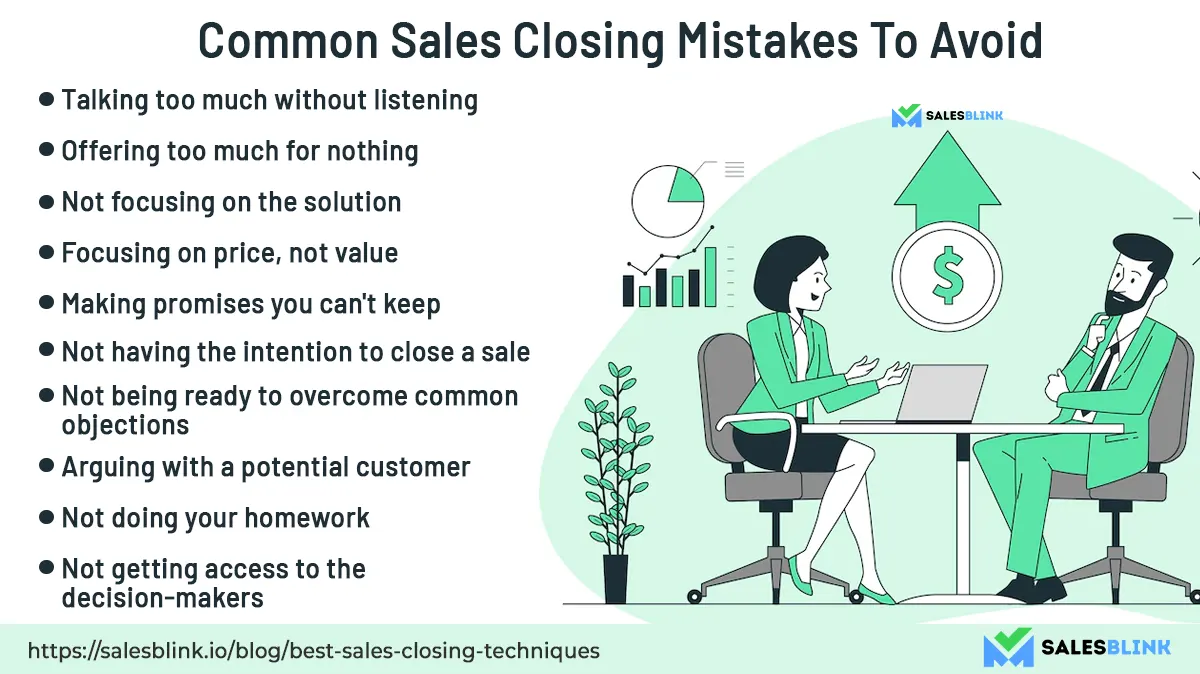 Lastly, utilizing customer testimonials can be a powerful closing technique in mattress sales.
Sharing positive experiences and feedback from satisfied customers can help build credibility and trust with potential buyers.
Encourage happy customers to leave reviews or provide written testimonials that you can use in your sales pitch.
In conclusion, mastering the art of closing techniques is essential for success in mattress sales. By understanding the buyer's journey, creating a sense of urgency, upselling and cross-selling, building trust and rapport, and utilizing customer testimonials, you can increase your chances of closing a sale and ultimately, achieve success in the competitive mattress industry. So, the next time you're on the sales floor, remember these techniques and watch your sales soar.
Lastly, utilizing customer testimonials can be a powerful closing technique in mattress sales.
Sharing positive experiences and feedback from satisfied customers can help build credibility and trust with potential buyers.
Encourage happy customers to leave reviews or provide written testimonials that you can use in your sales pitch.
In conclusion, mastering the art of closing techniques is essential for success in mattress sales. By understanding the buyer's journey, creating a sense of urgency, upselling and cross-selling, building trust and rapport, and utilizing customer testimonials, you can increase your chances of closing a sale and ultimately, achieve success in the competitive mattress industry. So, the next time you're on the sales floor, remember these techniques and watch your sales soar.

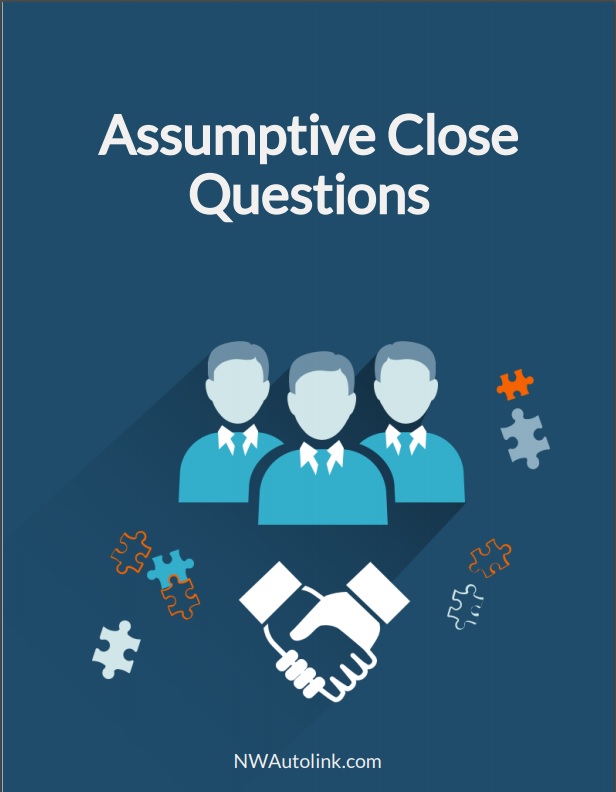

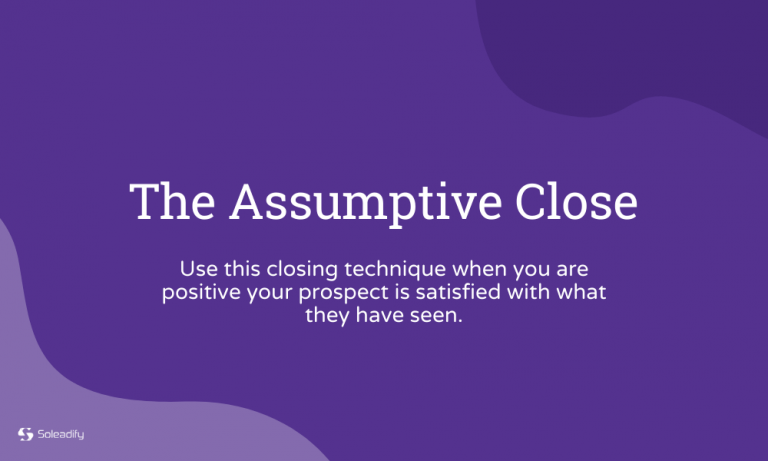

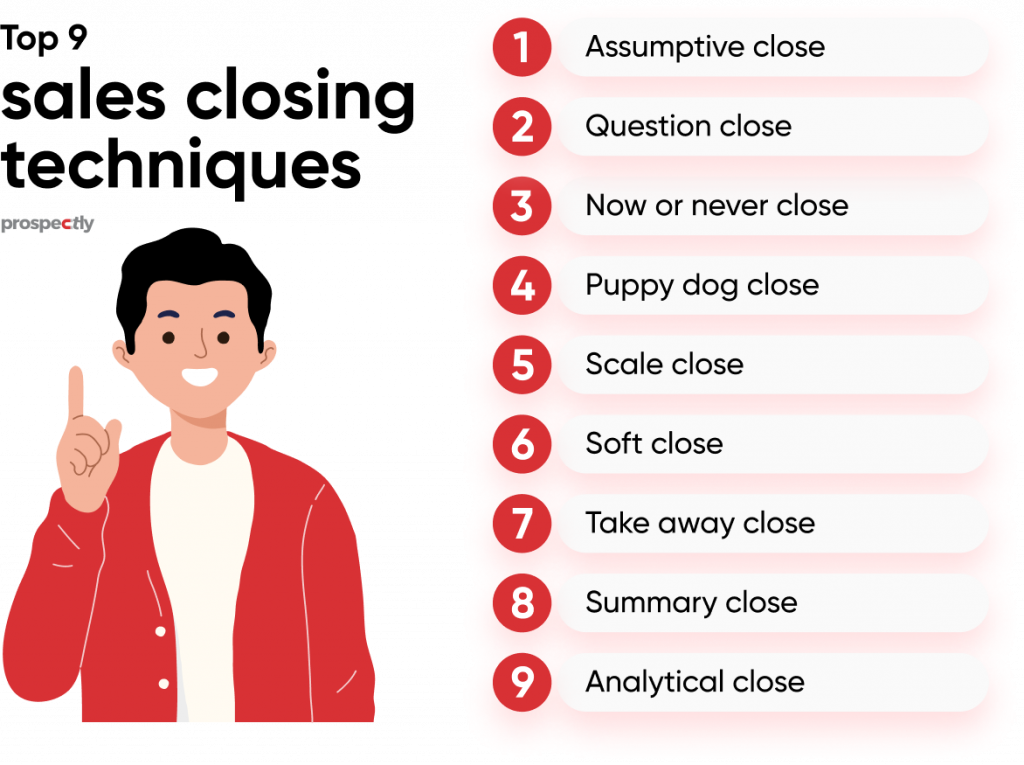














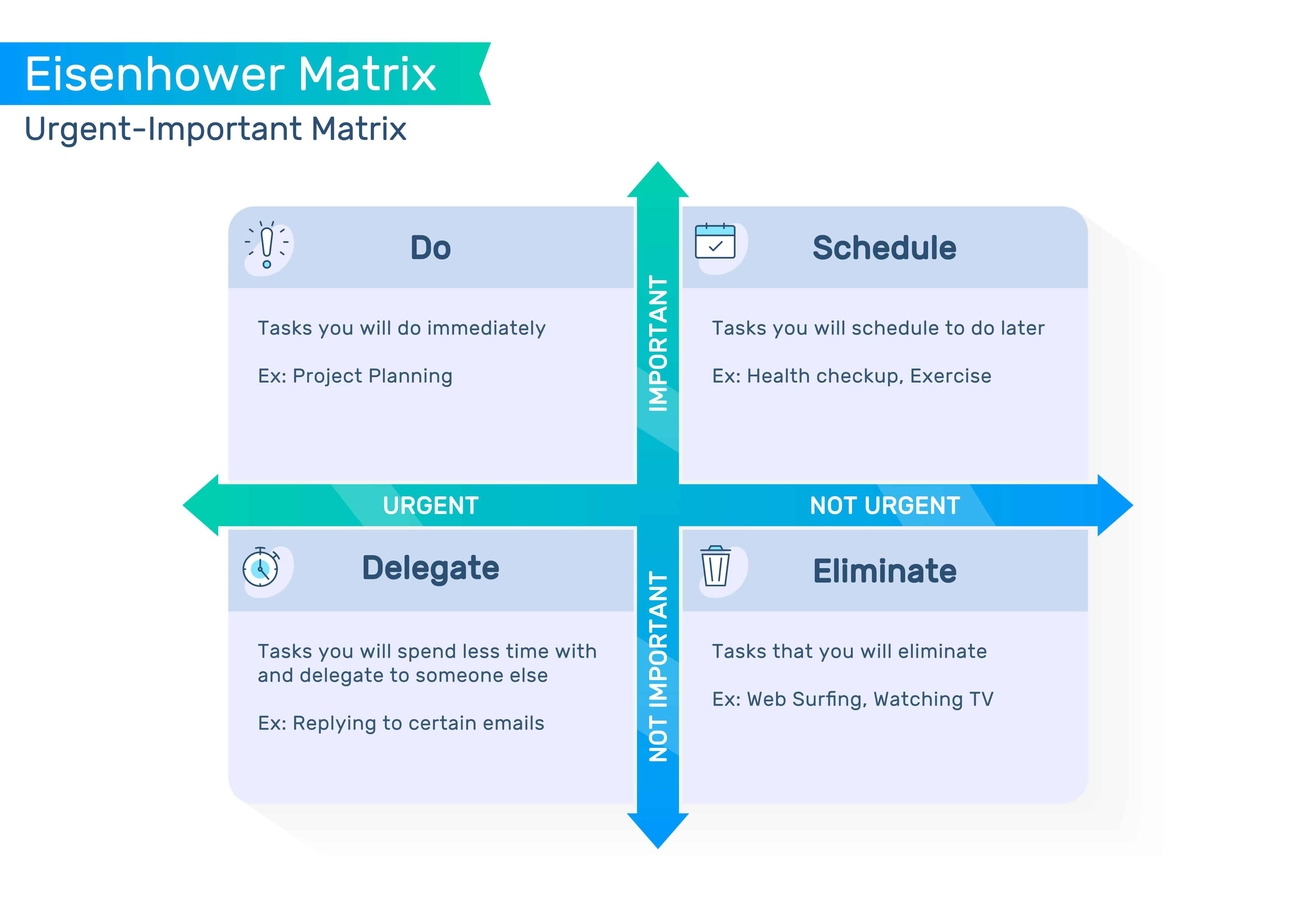



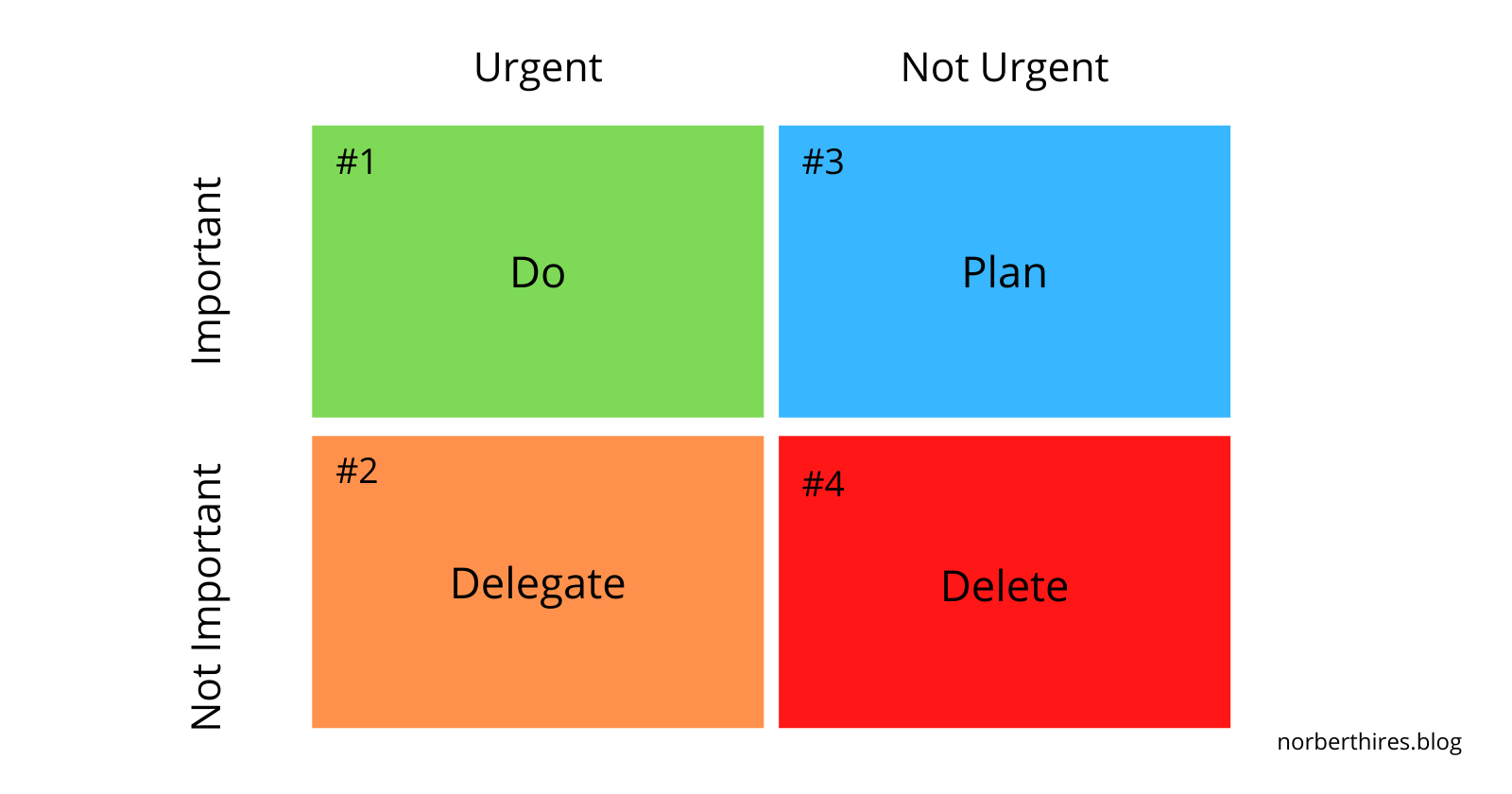























.jpg)

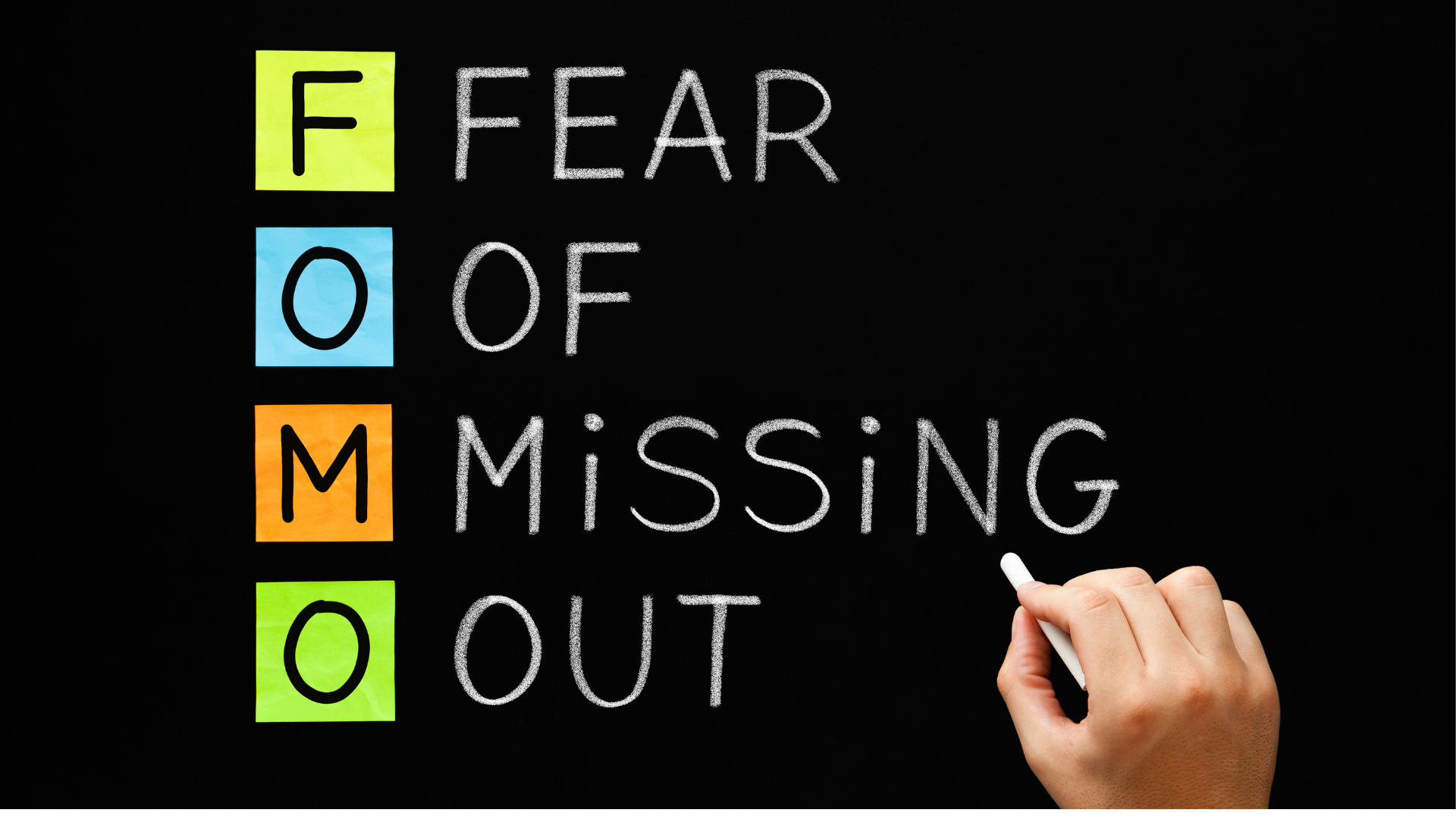

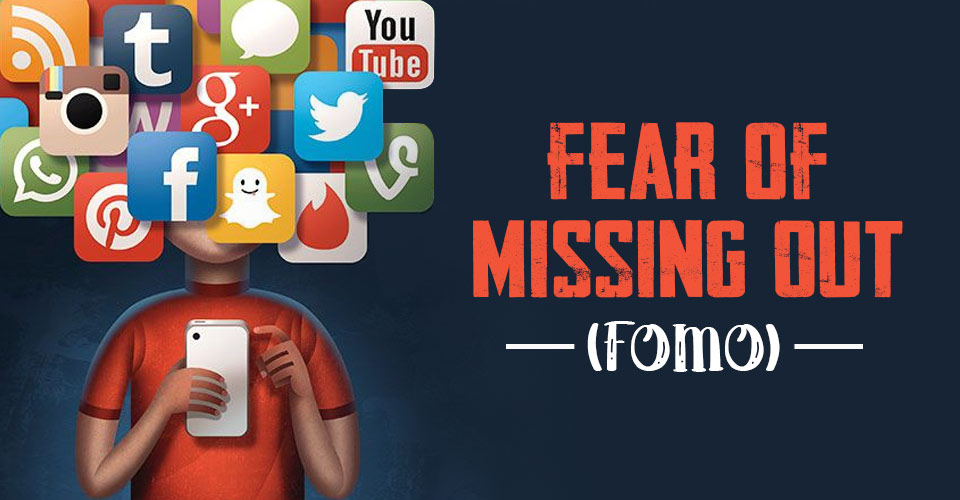
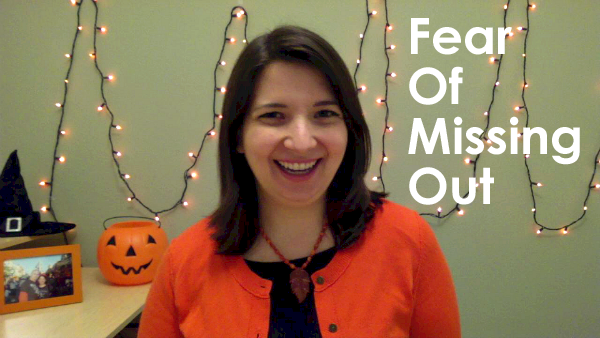











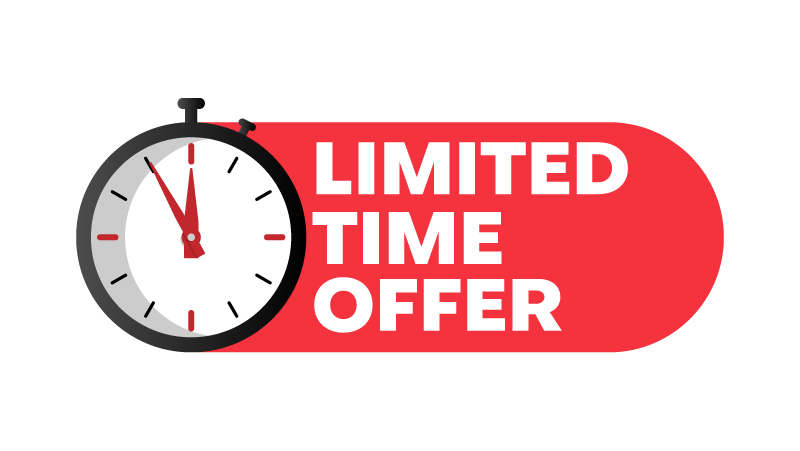




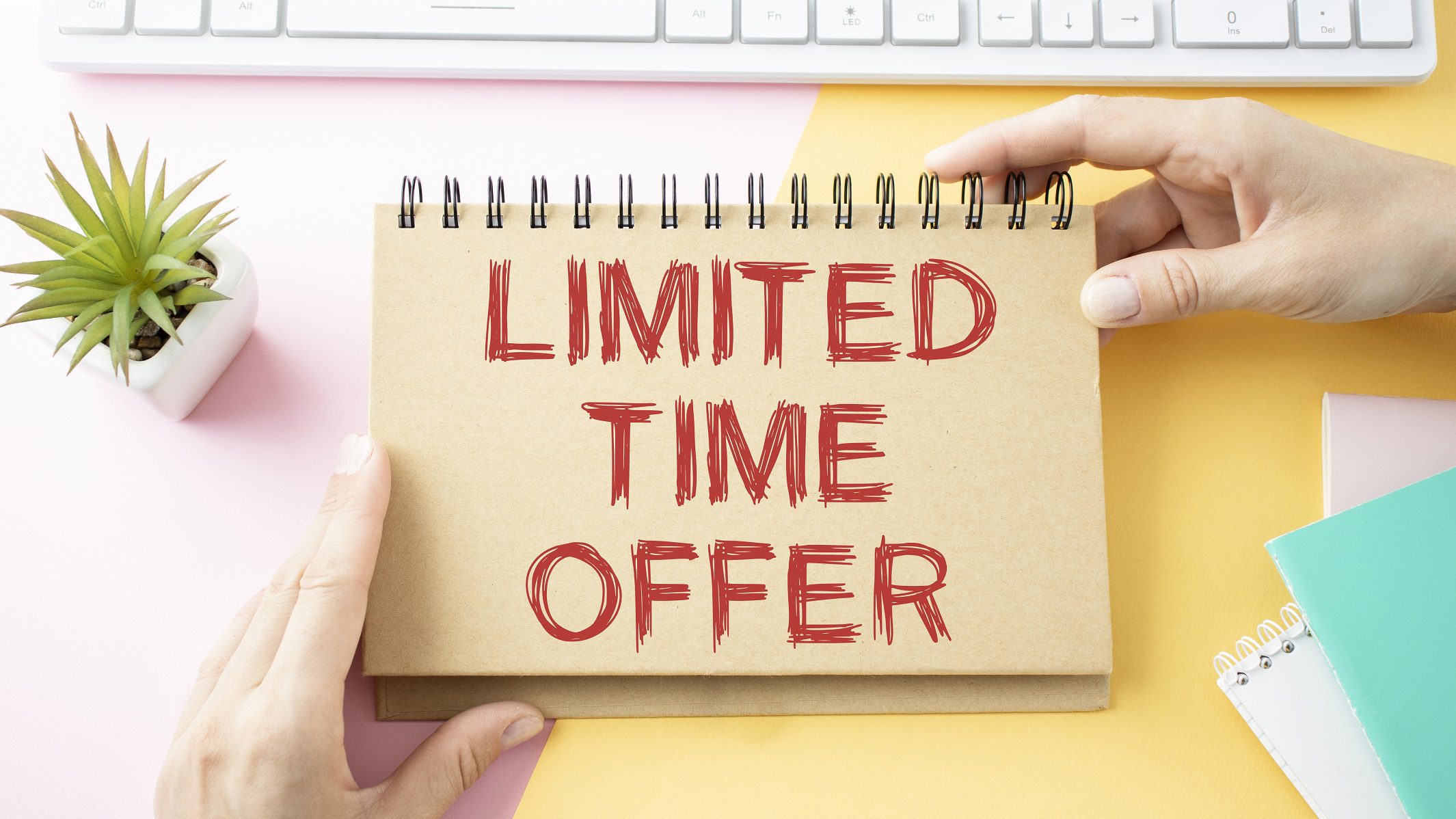

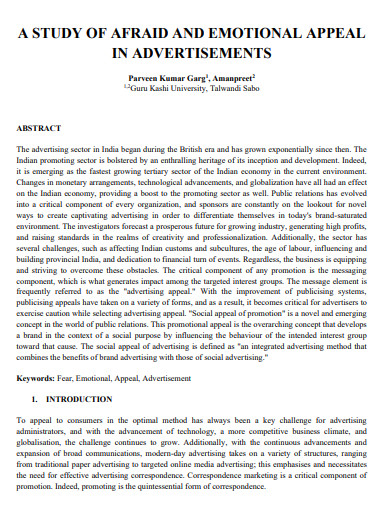















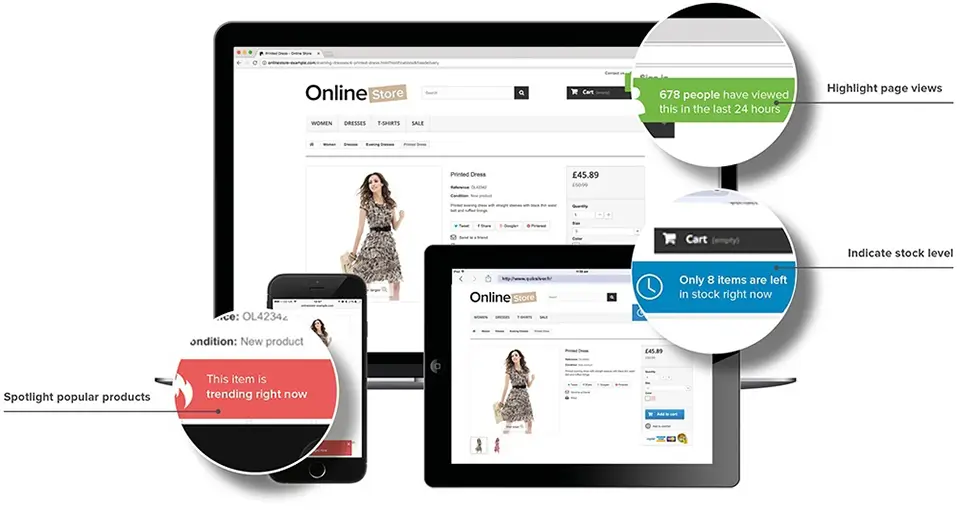




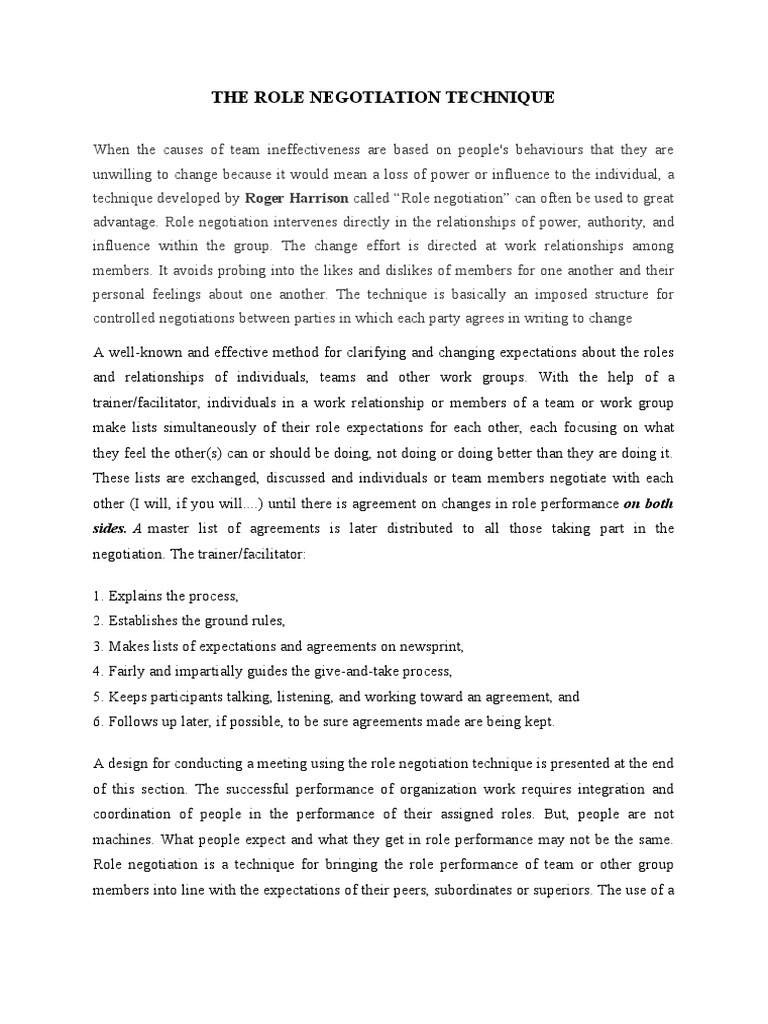





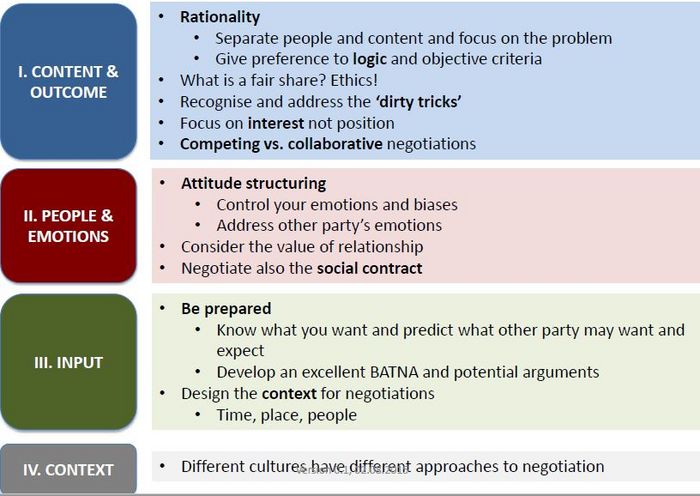

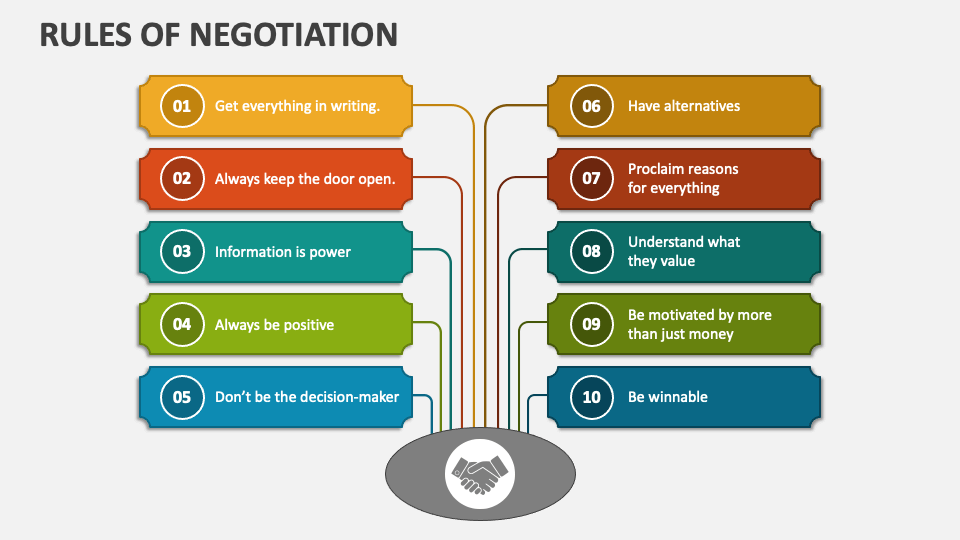
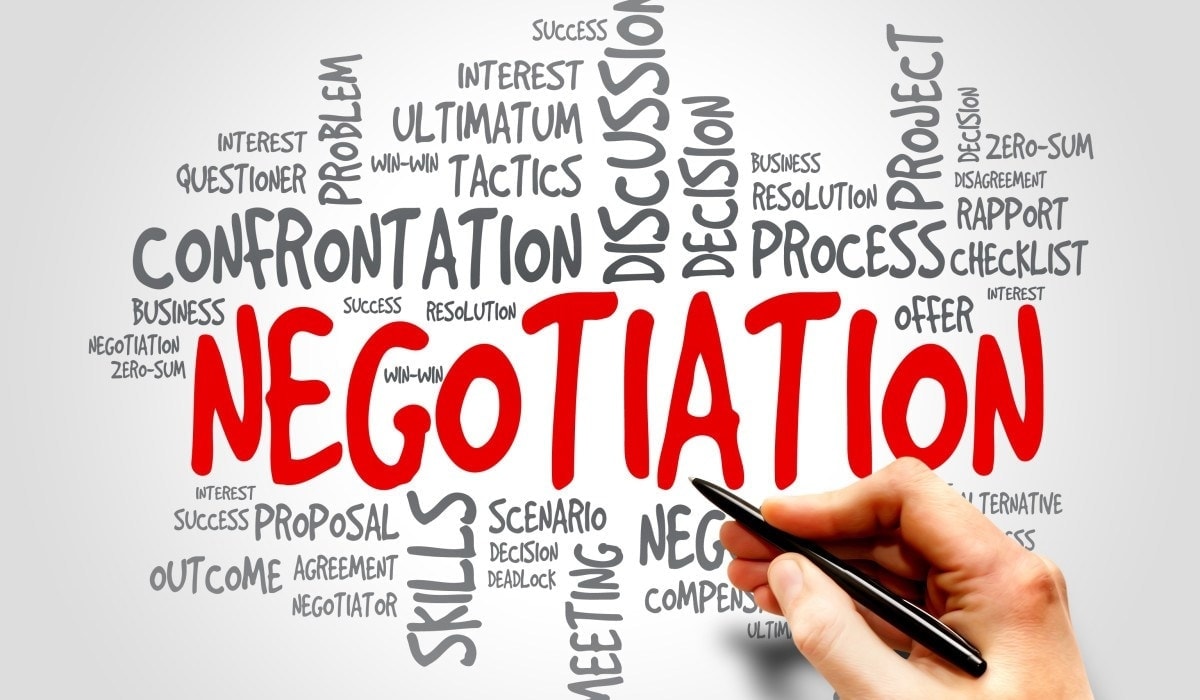

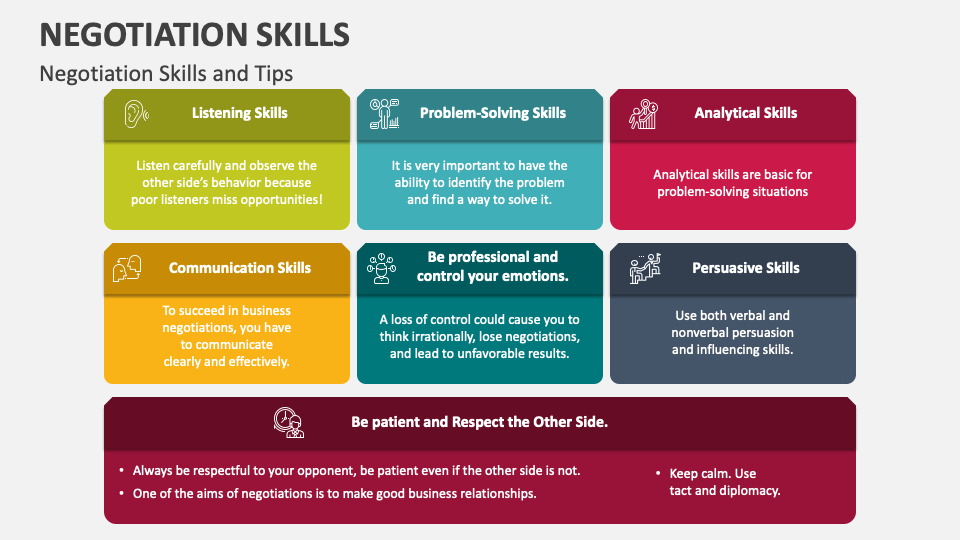





:max_bytes(150000):strip_icc()/ValueAdded-4187179-Final-c9e4119b97794abfaafdff2236d162dd.jpg)
